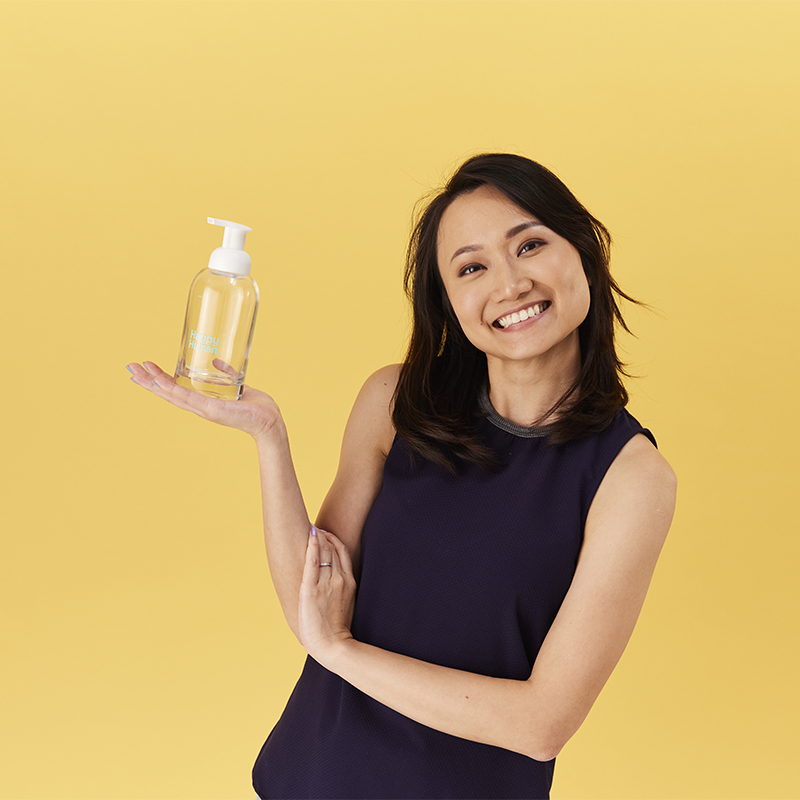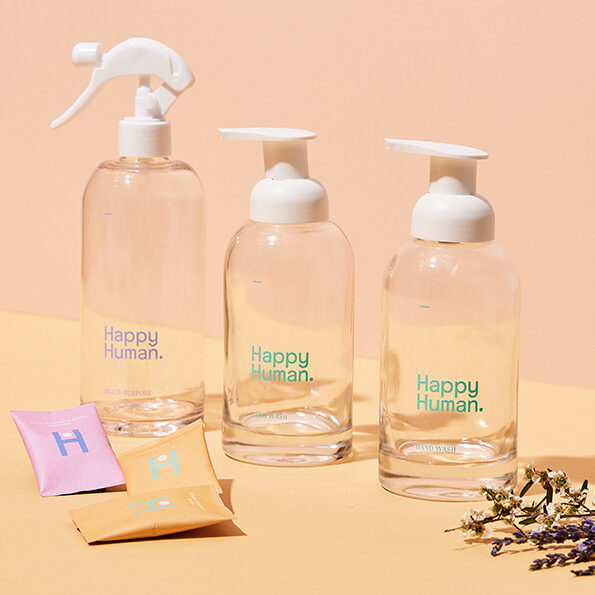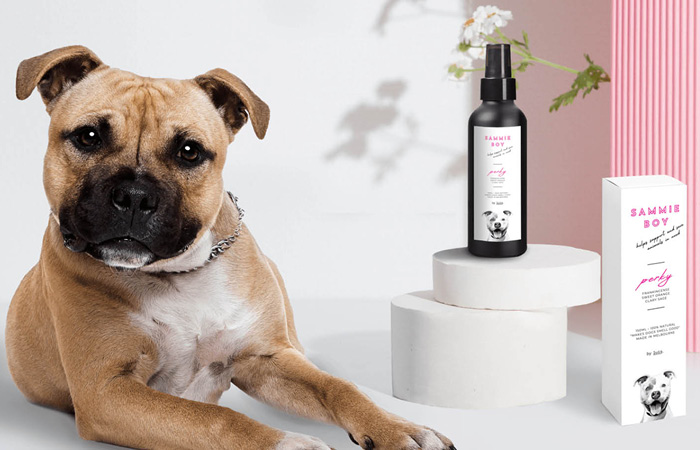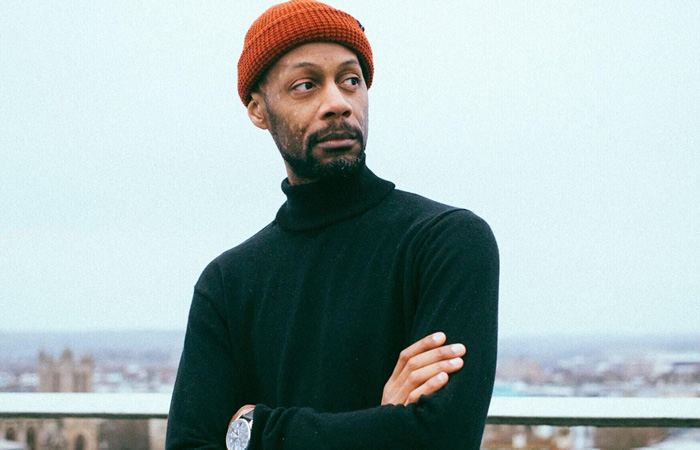ARTICLE / THE MAKING OF... SERIES
The making of...
Happy Human
This week, we spoke to Happy Human, the Sydney-based startup founded by Vinnie Ong. The story began when Vinnie’s favourite diving sites turned from beautiful paradises to plastic dumping grounds. As such, Vinnie started cutting down on her own single-use plastic consumption to contribute, but couldn't find plastic-free alternatives that are accessible and effective. That's when she decided to leave her corporate career of 7 years to start a sustainable household and personal cleaning product company that closes the loop on single-use plastic waste and carbon emissions.
Series
The making of... Series
Tags
Entrepreneurial
Start up
Welcome to The making of… blog series. Can you start off by telling us who you are as well as the name of your company.
Hello. I’m Vinnie Ong, founder of Happy Human.
We’re glad to have you in to talk about your business. Can you first start by telling us a bit about how you came up with the idea?
When it comes to everyday essentials such as your hand wash and cleaners, I found it challenging to find accessible plastic-free alternatives that are effective and didn’t break the bank. Through my research, I also realised that most of these household products are made out of 80-90% water, and we could cut out unnecessary single-use-plastic packaging and reduce carbon emissions by removing water from the ingredient list. That’s how Happy Human’s refillable and concentrated “just-add-water” product range was born.
Totally. Removing the water from the ingredients list is a smart decision from both an environmental impact and business standpoint. So how did you go about the research to arrive at what you've got now? How did you test your product-market fit?
We surveyed thousands of households - some in person prior to the pandemic and most of them online. From price point to materials to ingredients and their whys. On top of that, we also got a small set of samples and sent out to early testers to gauge interest and demand. When we received an overwhelming response, that’s when we knew there was a real gap.

Vinnie Ong, Founder of Happy Human
Dare we say it… that’s 100% textbook perfect for researching the market to test your market-product fit. After doing that, what were the first iterations of your product like?
Our initial samples didn’t have any customised printed designs - our label was stuck on instead of custom printed like what we have today! We also had a different name back then.
It’s to go to market with a minimum viable product (MVP). Knowing you have a background in investment banking… Our next question is in regards to funding. How did you go about financing everything?
We bootstrapped for about 6 months initially whilst applying for various grants. When we received great responses on our initial sample products, we poured in our savings and raised a round from angel investors, family and friends to get things going at a larger scale.
Knowing you’re onto something and proven your product-market fit, it definitely makes sense to follow bootstrapping with Angel Investment. As you know this space is highly competitive when it comes to branding? Can you tell us about the process and how you arrived at where you are today?
I came up with the why, how and what of the company and engaged a very good designer and brand strategist based in Melbourne to help me with the process. Together, we crafted the full brand identity, tone-of-voice, and all the brand assets (from insignia to colors to fonts)! We also renamed the company to Happy Human!


It’s not unusual for startups to change their company name. Particularly if there’s a better name out there. One brand that comes to mind was Hims. With your branding finalised, how are you getting the word out there and how do you plan on scaling the business?
We've been actively recruiting eco-ambassadors on all social platforms to help spread the word to encourage others to join us on our global refill movement! Given our target audience are digital native millenials and Gen Z, we focus on online social channels. We leverage social content, influencer seeding as well as paid ads and PR to grow our brand.
Finally, what would you say is your biggest challenge or challenges moving forward?
Definitely changing the stereotype that sustainability is expensive or inconvenient! At Happy Human, our mission is to make sustainable choices accessible to everyone globally and we are excited to inspire more people to join us on our journey!


